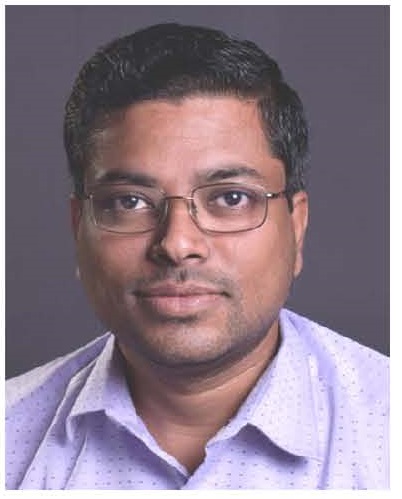
Many prestressed concrete (PSC) structures have been built with an anticipated service life of 100+ years. However, many of them have experienced premature corrosion of strands and eventual tendon/girder/bridge failures within a few decades. Hence, reviewing earlier assumptions on corrosion properties used for durability-design purposes and developing methods to build PSC structures with “corrosion-free” service lives of 100+ years is important. For conventional and pretensioned concrete structures, the chloride threshold is a key service life parameter. It is the minimum amount of chlorides required to initiate corrosion of steel-cementitious (S-C) systems and no suitable test methods are available to determine this. This prevents engineers from choosing durable material-combinations to achieve the target service life of 100+ years. In this presentation, the development of a test method and determination of chloride threshold for various S-C systems with various binders, corrosion inhibitors and prestressing steel (i.e., 50% less than conventional steel!) will be presented. Also, nomograms (that consider the cover depth, chloride threshold, binder types, chloride diffusion coefficient, and concrete resistivity) for durability-design of pretensioned concrete structures will be presented. In case of post tensioned (PT) concrete structures, the presence of air voids (due to the inadequate grouting) has been cited as the major reason for corrosion of prestressed strands. Refilling of such voided tendons with new grout can lead to galvanic corrosion and is not recommended. Also, the replacement of corroded tendons is very expensive and cumbersome. Hence, a new non-invasive method to control the corrosion of strands in PT systems with voids has been developed using chemical treatments and cathodic protection techniques. These techniques that can save huge inventory of PT bridge tendons will also be presented.
July 10, 2023, 12:00 a.m.
To register for the course, please fill in the GForm:
https://docs.google.com/forms/d/1WMI4qkG0Qe_-jIBUVHN-S2WzwBSaxNQhALu6shapsvU/edit
by Saturday July 8
Room 17 Faculty of Engineering
Link Zoom (Virtual Room) :https://uniroma1.zoom.us/j/91664494689?pwd=NCsyU3laYitTTlAzY0orWkdEbGhrdz09)